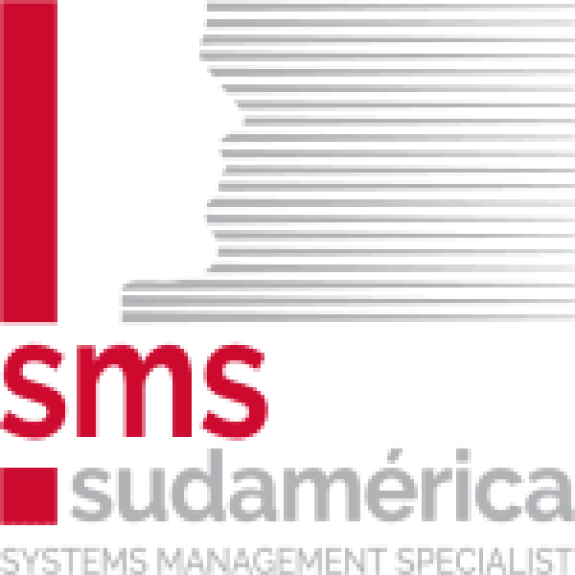In an increasingly digitized world, sustainability no longer depends solely on waste management, the use of renewable energy, or carbon footprint offsetting. Software development efficiency (how it is written, executed, and maintained) has become a new environmental frontier and a topic of digital sustainability in the world of technology.
Inefficient code not only affects system performance, but also increases energy consumption in servers and data centers, with a direct impact on the carbon footprint of the technology industry.
The rise of AI, cloud services, and massive data storage has caused energy demand in the sector to skyrocket. According to estimates by the International Energy Agency, data centers currently consume around 2% of global electricity, and this figure could double by 2030 if system efficiency is not improved.
In this context, every line of code counts: poorly designed software can require more cycles in processing centers, more read and write operations, and more data transfer, resulting in higher energy consumption and indirect emissions. Hence the strategy of OpenAI and Sur Energy to invest USD 25 billion to build a mega data center for artificial intelligence in Patagonia based on renewable energy.
Software as a Factor in Efficiency and Optimization
Sustainable software is not only measured by its functionality, but also by its efficiency. Designing optimized code involves applying principles of clean architecture, rational use of resources, and intelligent processing. Reducing unnecessary database calls, using algorithms with lower computational complexity, or eliminating redundant processes can significantly reduce the load on servers. Choosing lighter languages and frameworks allows for a more balanced use of infrastructure.
Another key aspect is performance, where companies monitor the consumption of their data centers, memory, and application storage, enabling them to identify bottlenecks and implement continuous improvements. Implementing “software energy efficiency” metrics (such as energy consumed per transaction or per active user) can be as important as measuring system speed or availability.
Strategic Opportunity and the New Digital Sustainability
From a corporate perspective, promoting efficient software is also a strategic opportunity. Not only does it reduce operating costs associated with electricity consumption and server use, but it also improves organizations’ reputations and contributes to their decarbonization commitments. In an increasingly demanding market, ESG (environmental, social, and governance) criteria also extend to the technology sector.
The challenge is both technical and cultural: companies must incorporate sustainability into the software lifecycle, from conception to maintenance. Adopting efficient programming practices is not only a technical improvement, but also digital climate action, a concrete way to reduce the environmental footprint of the digital world. Software efficiency is a new frontier in digital sustainability.
Software efficiency is a new frontier in sustainability. Just as optimizing a factory or vehicle means lower consumption and fewer emissions, optimizing code is the way to build a more responsible technological future, where innovation and caring for the planet run on the same line of code.
Note by: Alejandro Diz Ramos

